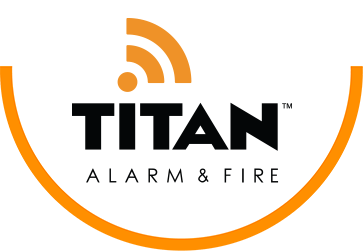Fire Alarm System Technologies
07/19/2018
Fire alarms have come a long away in their 65+ years of existence. Today’s fire alarm and detection systems are better and more reliable than ever — they’re able to notify first responders more quickly and even provide guidance to individuals as they attempt to escape a burning building. Alarm products are also available that can detect threats other than smoke and fire.
Advanced technology is at the heart of the improvements in fire alarm system performance. Examples of some of the more recent technological innovations include:
- Phone apps: Virtually everyone carries a smartphone these days. Many fire alarm systems now provide access to downloadable apps that deliver instant alerts whenever a potential fire emergency arises. Company owners or property managers no longer need to rush to a fire alarm panel — which could be a great distance away — to investigate the situation. If the threat turns out to be real, the individual can also notify first responders promptly.
- Carbon monoxide detection: Carbon monoxide (CO) is an odorless, colorless and potentially lethal gas that may be produced in harmful amounts from malfunctioning heating systems or appliances. CO is often referred to as the “silent killer” because its victims may not notice its effects until it’s too late. The latest fire alarm solutions now include carbon monoxide detectors that can alert building occupants regarding unsafe CO levels.
- Voice evacuation units: Emergency voice alarm communication systems (EVACS) are now available that can deliver pre-recorded or manual voice messages during a fire. They provide vocal reminders to all occupants regarding the safest evacuation route to take in an emergency. These systems are especially beneficial in buildings with visually impaired occupants.
- Aspiration detection: Aspiration detection systems represent the latest development in fire alarm technology. They can determine the existence of a potentially dangerous environment — they’re even sensitive enough to tell the difference between smoke and dust. Aspiration detection devices are typically used to protect areas containing mission-critical assets — examples include computer rooms and data centers.
Contact Titan Alarm, Inc. to learn more about how the most recent advancements in fire alarm technology can benefit your business.
Learn More About Commercial Fire Alarm Systems
Updated by Titan Alarm on November 2, 2018.



